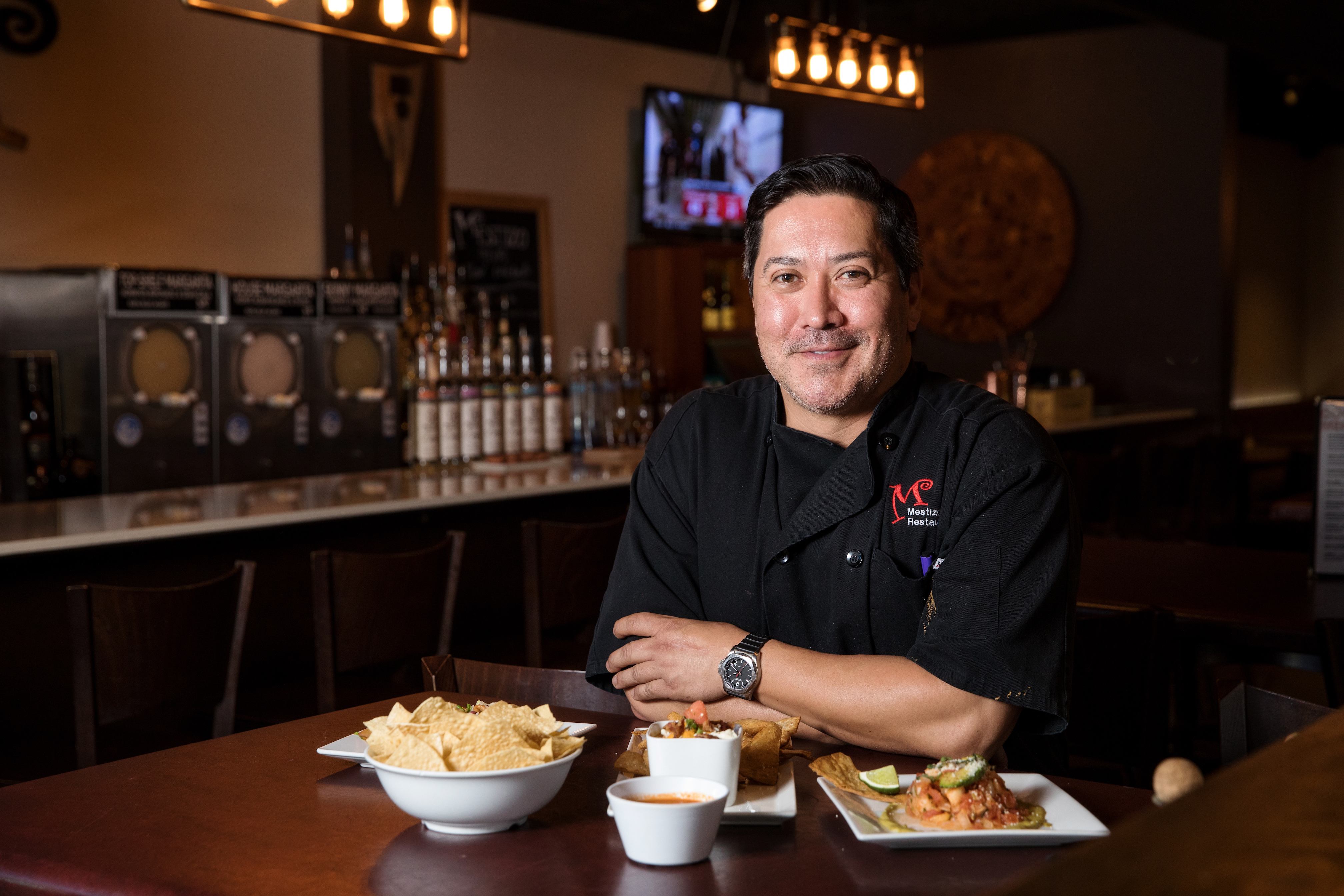
Frustrated restaurant owners, other flood victims asking questions after heavy rains
Mestizo owner Jim Urdiales was frustrated Tuesday morning as he ripped out flooring and removed sheetrock from his popular restaurant on South Acadian Thruway, which took in almost 3 feet of water in Monday night’s flood.
It’s not just because this was the fourth time in five years that Urdiales’ 16-year-old Mexican restaurant has flooded in a freak weather event that’s supposed to happen only once every century or so.
It’s because he’s been hearing since 2017, the year after the historic August 2016 flood, about all the federal money that’s supposed to be fixing the Capital Region’s drainage issues, but things aren’t happening yet.
|
|
“I’m not trying to call out anybody but money has been allocated and I think people have a right to know where it’s been spent and how it’s been spent,” he says. “Because you can’t have a city that keeps flooding like this. Something is going on.”
Urdiales is right. Money has been allocated to Baton Rouge and many other parishes in Louisiana in recent years to address flooding and drainage, and projects are in the works.
But the short answer is that there won’t be any quick fixes because the problems are complex, designing solutions takes time and implementing them takes even longer.
Adding to the complexity of the situation is the fact there are three pots of federal money funding various projects and proposed projects around the state.
First, is the FEMA-funded Hazard Mitigation Grant Program, which allocated $84 million to East Baton Rouge Parish in the wake of the 2016 flood—and was matched with $20 million from a separate pot of federal money—and will fund five drainage projects.
All five of those projects are in the design stage and, had they been completed already, could have made a difference in the overnight flood, says Director of Transportation and Drainage Fred Raiford.
But the work hasn’t yet begun.
The FEMA grant program is also funding the $15 million Baton Rouge Stormwater Master Plan in the works. HNTB is currently leading a team that is conducting a comprehensive assessment of the entire drainage system in the parish that, when completed sometime in 2022, will identify problem spots and potential solutions.
But it will not fund any of them. That will be a problem for another day.
Then, there’s the $1.2 billion in federal money from the U.S. Department of Housing and Urban Development flowing to the state in the form of Community Development Block Grants. It’s funding projects in what Gov. John Bel Edwards has called the Louisiana Watershed Initiative. But so far, only the first round of projects has been funded through the LWI, of which Baton Rouge received $5 million for the restoration of the Baton Rouge Lakes.
Raiford has applied for funding for five other major drainage projects but none has been approved yet by the state.
Finally, there’s the $225 million pot of federal money going to the Five Tributaries Program, which was announced in 2019 and will address several drainage canal trouble spots that have been on the books since the 1990s but were never funded. So far, those projects are also in the design phase, but none of the work has begun.
Urdialese says he’s tired of studies and hearing about allocation and wants solutions.
Raiford says the city-parish would also like to see work move more quickly but that much hinges on state approval.
As for when things might get better? No one knows for sure but Raiford says one certainty is that the city-parish’s existing drainage capacity was not meant to handle massive rain events like Monday’s.
“We had up to 12 inches in some place between 4 p.m. Monday and early this morning,” Raiford said Tuesday. “Our system was designed decades ago. It was not designed for this. This exceeded our capacity.”
This story originally appeared in a May 18 edition of Daily Report. To keep up with Baton Rouge business and politics, subscribe to the free Daily Report e-newsletter here.
|
|
|
